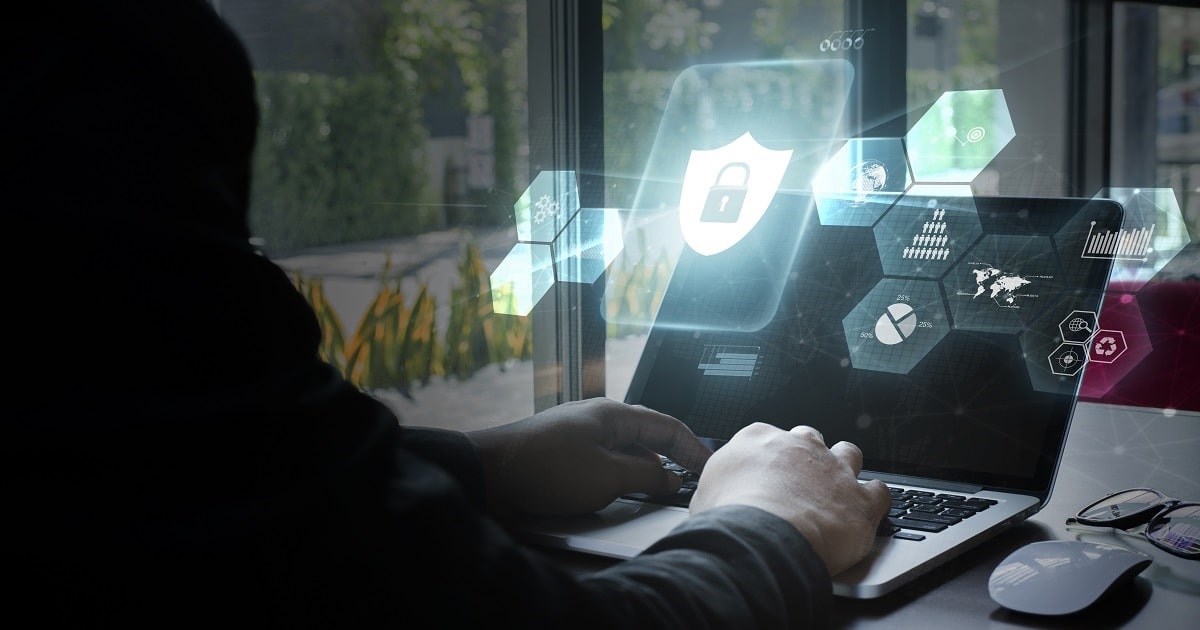Summary: In an age where cyberattacks are becoming more common, individuals and businesses must understand how to prevent a data breach. That’s the goal of Cybersecurity Awareness Month in October – to help everyone learn how to stay safe online. In 2004, October was declared
Cybersecurity Awareness Month, co-led by the
Cybersecurity and Infrastructure Security Agency (CISA) and the
National Cyber Security Alliance (NCSA). This collaborative effort between government and industry works to ensure every American understands the importance of cybersecurity – and has the resources they need to stay safe and secure online. In its twentieth year, “
Secure Our World” will be the enduring Cybersecurity Awareness Month theme.
Secure Our World involves four simple steps to keep individuals and organizations safe.
- Recognize and report phishing
- Use strong passwords
- Turn on multifactor authentication
- Update software
AmTrust has a vested interest in cybersecurity, internally for our employees and externally, to help our agents and insureds understand the risks of a data breach. AmTrustCyber provides
cyber insurance coverage for certain losses incurred from a cyber-attack, and we are committed to evolving our coverage as new cyber threats emerge.
Staying Safe Online during Cybersecurity Awareness Month

This October, it’s a good idea to review your business’s cyber practices and those of your employees. It’s also important for individuals, families, and students to review these four tips. Cybercriminals may have more opportunities to steal sensitive data than ever before, but daily actions can reduce risks when we’re online and connected to devices. While it’s a good idea to do a check-up this October, it’s important to stress these daily steps should be taken every day of the year.
Let’s examine Secure Our World’s four easy ways to stay safe this Cybersecurity Awareness Month and beyond.

Recognizing and Reporting Phishing
A
phishing attack uses email or malicious websites to infect your device with malware and viruses to collect personal and financial data. A phishing email may appear to come from someone you typically do business with. However, the email could contain format changes, an unrecognizable email address, poor grammar, syntax errors, broken links, and directly asks for personal information such as account numbers, passwords, or Social Security numbers, which employees should be able to spot as suspicious. Ensure your employees learn to spot and report phishing attempts to prevent
ransomware and other malware attacks.
Use Strong Passwords and a Password Manager
Cybercriminals target businesses by accessing their systems using stolen passwords, logins, and human error. From executives to new employees, everyone needs to be vigilant to keep customer and company data protected, either in the office or while traveling. Being cyber smart means taking simple actions to keep your business’s digital world secure and having a culture of diligent cybersecurity practices, such as using
strong passwords.
Additionally, it is a great idea to use a password management service to generate secure passwords that are extremely difficult to crack. Password managers also eliminate the need for users to remember multiple passwords every time a new account is opened, and they store all passwords in a single location accessible through one master password.

Enabling Multi-Factor Authentication
When an organization implements multi-factor authentication (MFA), a user must provide two or more verification factors to access a system or an account. MFA helps reduce the likelihood that a cybercriminal can gain unauthorized access. For example, remote employees may be required to use a unique VPN to log into their work network. MFA can also be used for email accounts to help reduce business email compromises.
Updating Software
While it might seem easier to ignore those “update available” prompts, keeping software up-to-date is crucial to cybersecurity. These updates not only provide fixes to general issues, but they often also include security patches to help keep hackers from getting into the system. Make sure to download the update directly from the company that created the software, and when browsing websites, watch out for pop-up windows of fake updates. It’s also recommended to turn on automatic updates; many legitimate software companies offer options to update software as soon as new versions become available regularly.
Cyber Insurance Coverage from AmTrustCyber
AmTrust Financial promotes a safer, more secure, and more trusted internet. Our cyber insurance covers certain losses incurred due to a data breach, and we stand as your trusted partner to help you recover. To learn more, please contact us today.
 This material is for informational purposes only and is not legal or business advice. Neither AmTrust Financial Services, Inc. nor any of its subsidiaries or affiliates represents or warrants that the information contained herein is appropriate or suitable for any specific business or legal purpose. Readers seeking resolution of specific questions should consult their business and/or legal advisors. Coverages may vary by location. Contact your local RSM for more information.
This material is for informational purposes only and is not legal or business advice. Neither AmTrust Financial Services, Inc. nor any of its subsidiaries or affiliates represents or warrants that the information contained herein is appropriate or suitable for any specific business or legal purpose. Readers seeking resolution of specific questions should consult their business and/or legal advisors. Coverages may vary by location. Contact your local RSM for more information.